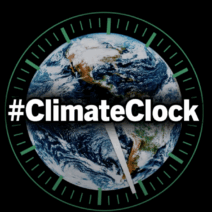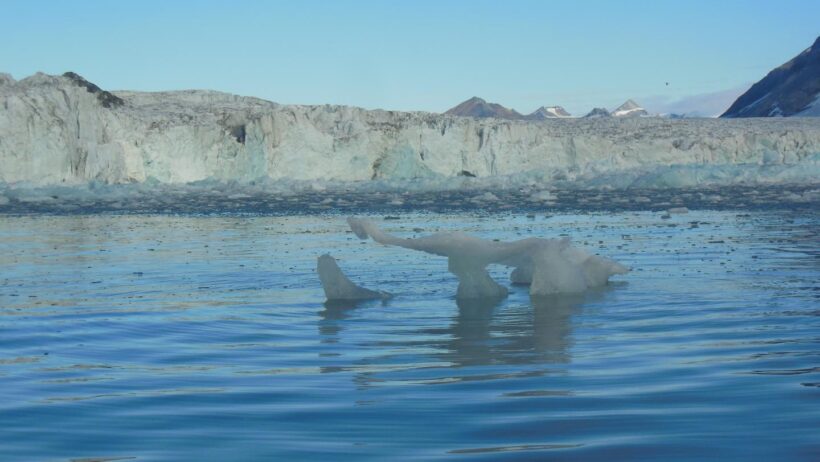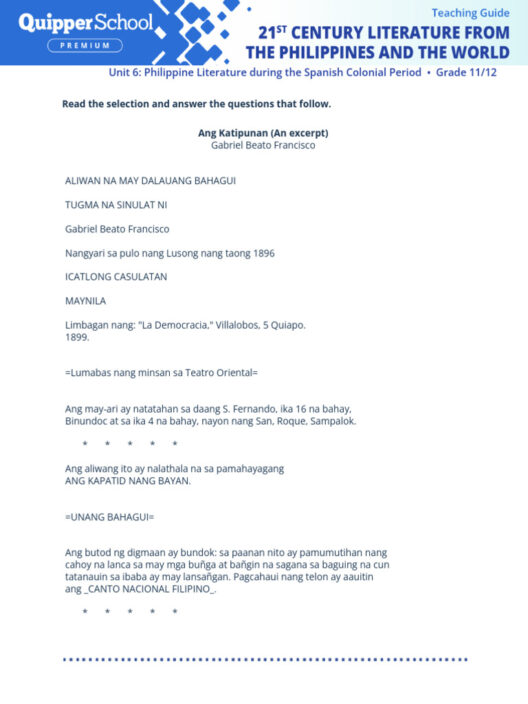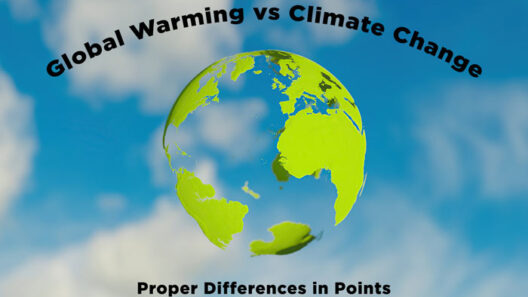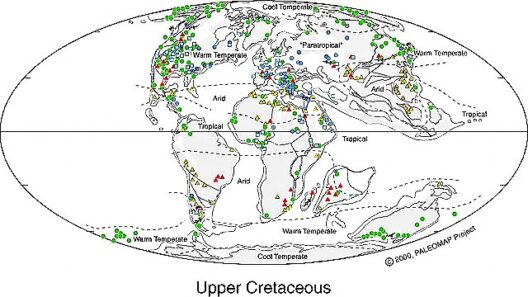The Arctic, a realm of resplendent ice and biting winds, is often perceived as the globe’s frostbitten heart. This vast expanse, draped in layers of snow and adorned with majestic glaciers, is not merely a region of extreme cold; it serves as a barometer for the health of our planet. The climate of the Arctic is a tapestry woven from frigid temperatures, unique weather patterns, and the impacts of an ever-changing environment. Understanding its climate is crucial, especially as it undergoes rapid transformations driven by climate change.
To unravel the complexities of the Arctic climate, one must first consider its fundamental characteristics. Polar regions are primarily shaped by their geographical location, receiving minimal sunlight compared to equatorial regions. This insolation deficit leads to longer winters and shorter summers, contributing to the Arctic’s notoriously frigid temperatures. Here, the average winter temperature can plunge to -40°F, while the short summer months can occasionally provide a brief respite with temperatures rising above freezing.
The Arctic is not only defined by its icy landscapes but also by the rich tapestry of phenomena known as the polar climate. This climate consists of two primary classifications: the tundra and the ice cap climates. The tundra, which thrives in coastal regions, is characterized by a short growing season where hardy plants struggle to survive against the elements. It emerges as a patchwork of colorful flora that defiantly punctuates the white expanse, creating a striking contrast against the monotony of ice. The ice cap climate, on the other hand, is an unyielding fortress of ice, where glaciers stand as sentinels, silently bearing witness to the slow march of time.
In addition, the Arctic climate experiences intriguing phenomena, such as the polar night and midnight sun. During the polar night, darkness reigns supreme for several months, creating an atmosphere steeped in mystery and solitude. Conversely, the midnight sun bathes the region in an ethereal light, fueling a brief eruption of life and energy. These phenomena not only enrich the culture of indigenous peoples but also affect local ecosystems, illuminating the delicate balance between light and darkness.
However, perhaps the most significant aspect of the Arctic climate lies in its susceptibility to the ramifications of climate change. The warming of the planet has a pronounced effect in polar regions, where average temperatures are rising at a rate twice as fast as the global average. This alarming trend is emblematic of a phenomenon known as Arctic amplification, where the consequences of global warming manifest with increased severity due to unique local conditions.
The implications of a warming Arctic are profound and far-reaching. Glacial melting, a quintessential symbol of climate crisis, is accelerating at an unprecedented pace. Glaciers that once stood steadfast now crumble and break apart, releasing freshly melted waters into the sea. This contribution to rising sea levels threatens coastal communities far beyond the Arctic, highlighting the interconnectedness of our global ecosystem. This melting also results in the loss of habitat for species like polar bears and seals, compelling them to adapt or face extinction. As the ice recedes, it exposes dark ocean waters that absorb more heat, further exacerbating temperature increases.
Moreover, climate change doesn’t merely alter the physical landscape; it disrupts the intricate web of life that thrives in this harsh environment. The delicate balance of predator and prey is continually shifting, as species must navigate their changing ecosystems in search of food and habitat. Warmer temperatures open the door for newcomers, such as invasive plant species and new predators, which can outcompete native species, leading to potential biodiversity loss. This not only affects the animals that inhabit these regions but also the indigenous cultures that rely on them for sustenance and livelihood.
However, amid these chilling realities, there is a flicker of hope. Global awareness of climate change has surged, energizing a collective call to action among nations, communities, and individuals. From rigorous environmental policies to grassroots initiatives, efforts are being made to mitigate the impacts of climate change. Renewable energy sources, such as wind and solar energy, are gaining traction as viable alternatives to fossil fuels. Furthermore, community-driven conservation projects aim to preserve the fragile ecosystems that characterize the Arctic.
As stewards of the planet, it is essential to recognize the Arctic’s role as a climate regulator. The freezing temperatures, vast ice fields, and unique ecosystems serve a pivotal function in maintaining global weather patterns and regulating ocean currents. The Arctic is a reservoir of scientific knowledge, revealing invaluable insights about climate dynamics and the processes that govern our planet. Preserving its integrity is not solely an environmental concern; it is an essential aspect of ensuring the future well-being of all life on Earth.
In summary, the climate of the Arctic is a compelling narrative of contradiction—a realm where desolate beauty meets the urgent consequences of human activity. It is a critical climate zone, reflecting the delicate interplay between nature and climate change. As the world wrestles with the specter of environmental degradation, the Arctic stands as a poignant reminder of what is at stake. Protecting this landscape extends beyond its frigid shores; it is a testament to our responsibility to foster a sustainable planet for future generations. Embracing this challenge requires not just acknowledgment but action, igniting a fervor to safeguard the icy heart of the Earth.


